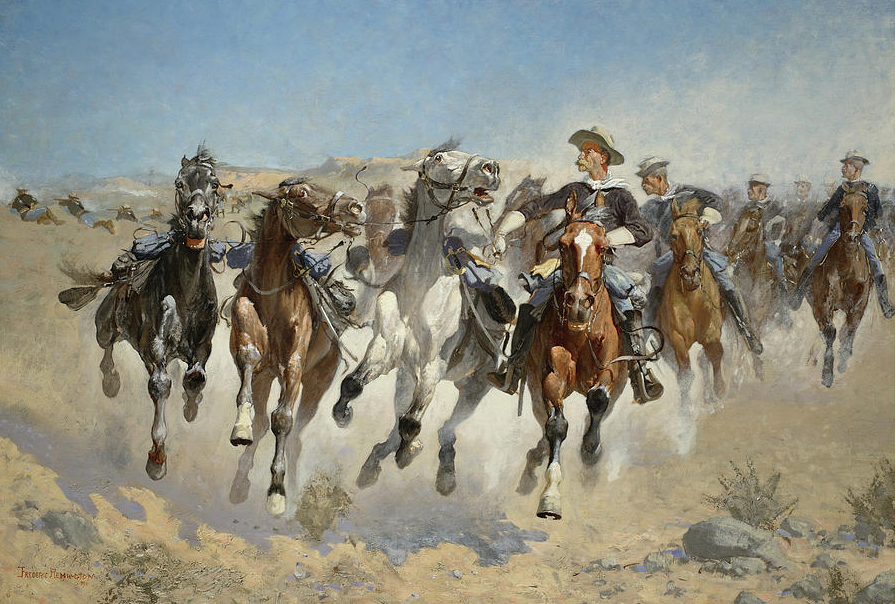Assemblage Art
Group Six
What is it???
Assemblage is an artistic process in which a three-dimensional artistic composition is made from putting together found objects.
Why Was It Created???
As one familiar with the word "assembly" might assume, assemblage is a form of sculpture comprised of "found" objects arranged in such a way that they create a piece. These objects can be anything organic or man-made. Scraps of wood, stones, old shoes, baked bean cans and a discarded baby buggy - or any of the other 84,000,000 items not here mentioned by name - all qualify for inclusion in an assemblage. Whatever catches the artist's eye, and fits properly in the composition to make a unified whole, is fair game.
Time Period
The origin of the word (in its artistic sense) can be traced back to the early 1950s, when Jean Dubuffet created a series of collages of butterfly wings, which he titled assemblages d'empreintes. However, both Marcel Duchamp and Pablo Picasso had been working with found objects for many years prior to Dubuffet. They were not alone, alongside Duchamp the earliest woman artist to try her hand at assemblage was Elsa von Freytag-Loringhoven, the Dada Baroness, and one of the most prolific, as well as producing some of the most exciting early examples, was Louise Nevelson, who began creating her sculptures from found pieces of wood in the late 1930s.
Joseph Cornell (1903-1972)
Joseph Cornell was an American artist whose assemblage work primarily took the form of box
sculptures - found objects arranged in glass fronted wooden cabinets.
Cornell used broken fragments of more delicate items, producing a nostalgic atmosphere. The
seemingly irrational juxtaposition of these objects drew on surrealist ideas and techniques
Robert Rauschenberg (1925 - present)
Rauschenberg is an American artist born in 1925. Although historically associated with the Pop Art
movement, his work has progressed and developed from before that time right up to today. He has
worked in a number of different media but the assemblages he produced from the 50s to the 80s -
which he called "combines" - are of most interest to myself. Rauschenberg used discarded objects such as car tires and license plates, stuffed animals, doors,
bed quilts, electric light fixtures and other urban debris, and combined them with painted surfaces.
Louise Nevelson (1900-1988)
By the 1950s, she had begun making assemblages, a form of work Nevelson is well known for:
shallow box-like units filled with industrial waste wood. By spraying these units a uniform color --
black, gold or silver -- she disguises the soft texture of wood to achieve a solid assemblage. Louise
Nevelson showed at the Venice Biennale in 1962. She has since been widely viewed as one of the
most important American artists of this century.
Exhibition
In 1961, the exhibition "The Art of Assemblage" was featured at the New York Museum of Modern Art. The exhibition showcased the work of early twentieth century European artists such as Braque, Dubuffet, Marcel Duchamp, Picasso, and Kurt Schwitters alongside Americans Man Ray, Joseph Cornell and Robert Rauschenberg, and also included less well known American West Coast assemblage artists such as Wallace Berman, Bruce Conner and Edward Kienholz. William C Seitz, the curator of the exhibition, described assemblages as being made up of preformed natural or manufactured materials, objects, or fragments not intended as art materials
Legacy
Assemblage art may be described as bridging the gap between collage and the Pop-Art sculpture of Jasper Johns. Its use of non-art materials anticipated the use of “popular” mass produced objects and cultural imagery of Pop-Art, and was an important influence on Arte Povera and contemporary Installation art.
Works Cited
http://fragileindustries.com/what_is_assemblage_art.html
http://arthistory.about.com/od/glossary/g/a_assemblage.htm
http://www.visual-arts-cork.com/assemblage-art.htm











